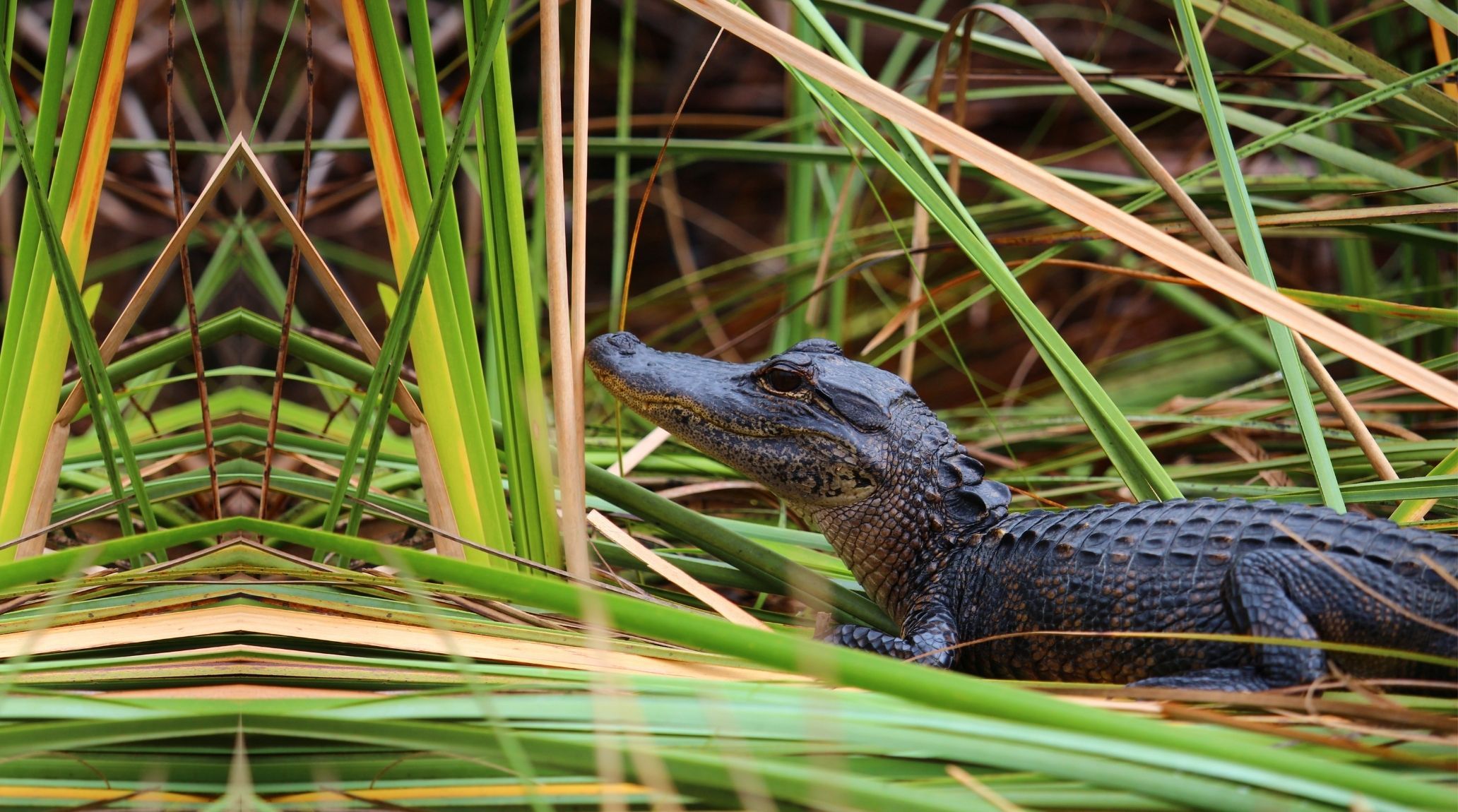
“
Alligators have roamed the Earth for millions of years, evolving into one of nature's most fascinating predators. These ancient reptiles, often referred to as "living fossils," exhibit an array of remarkable traits and behaviours that continue to intrigue scientists and nature enthusiasts alike. In this blog, we delve into 20 intriguing facts about alligators, revealing their unique adaptations, survival strategies, and the mysteries that make them stand out in the animal kingdom. 1
1
1
1
”
Alligators are considered "living fossils" because their appearance has changed very little over millions of years. They share a common ancestor with dinosaurs, showcasing their ancient lineage and remarkable evolutionary stability. 1
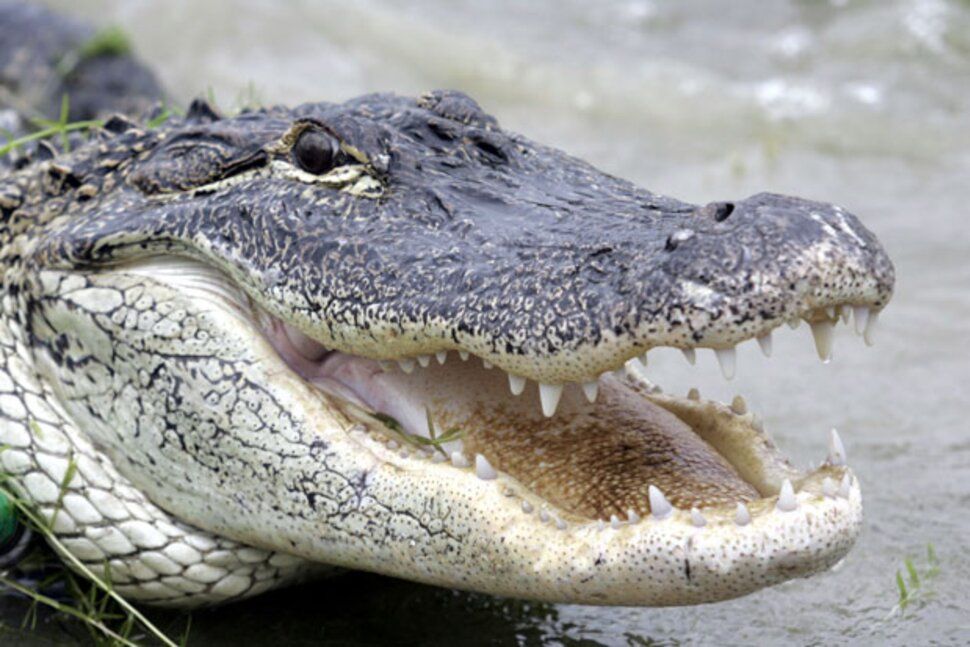
Alligators cycle through thousands of teeth over their lifetime. When a tooth breaks or falls out, a new one is already waiting to replace it. This continuous tooth replacement ensures they always have a sharp bite.
With a bite force of up to 3,000 pounds per square inch, alligators possess one of the strongest bites in the animal kingdom. This immense power allows them to crush bones and capture prey efficiently. Beware of their formidable jaws! 2
Though alligators are ectothermic (cold-blooded), they can regulate their body temperature by basking in the sun. This behaviour helps them stay warm and active, essential for their survival in varying environmental conditions.3
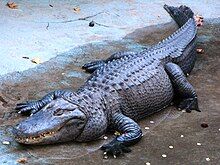
The oldest alligator in captivity, Muja, an American alligator at Belgrade Zoo, has been there since 1937. Although his exact age upon arrival is unknown, he was already mature, making him at least 90–92 years old today.
Alligators cannot survive in saltwater environments. Unlike their relatives, crocodiles, which can tolerate saltwater, alligators are strictly freshwater creatures, thriving in rivers, lakes, and swamps but struggling in saline conditions. 4
Alligators can weigh over 1,000 pounds, with large males reaching impressive sizes. This substantial weight contributes to their formidable presence in their habitats, allowing them to dominate as top predators in freshwater environments.5
The temperature of an alligator nest determines the gender of the hatchlings. Warmer temperatures produce males, while cooler temperatures result in females. This temperature-dependent sex determination plays a crucial role in population.6
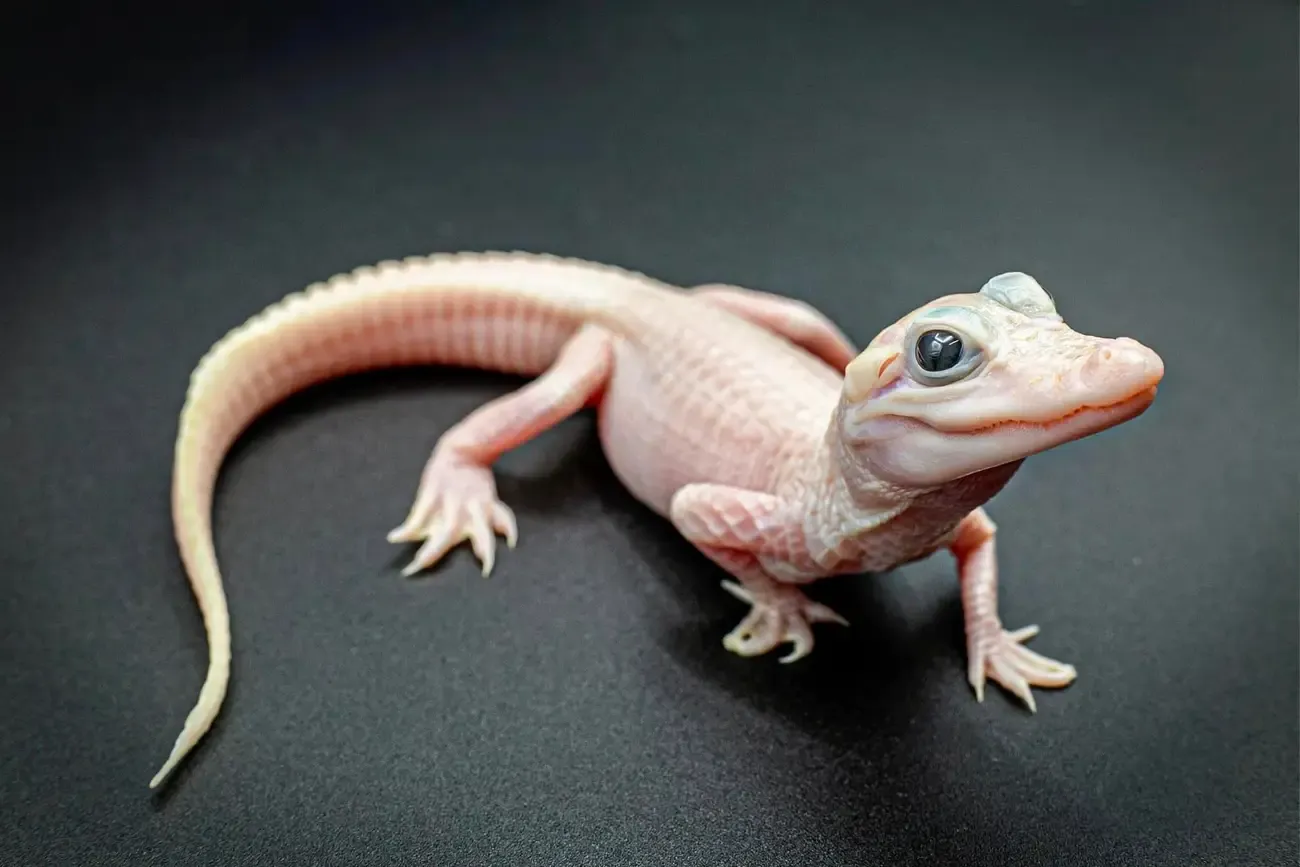
Alligators have a gestation period of about 65 days. After mating, the female builds a vegetation nest for 35 to 50 eggs, guarding it until hatching. Newborns, around 8 inches long with sharp teeth, are protected by the female for several months.
Alligators are most active at night, using the cover of darkness to hunt for food. Their nocturnal behaviour helps them avoid detection by prey and competitors, enhancing their effectiveness as hunters. 7
These reptiles can hold their breath for up to an hour, allowing them to remain submerged while hunting underwater. This impressive ability makes them expert underwater hunters, capable of staying hidden for extended periods.8

Alligators' eyes glow in the dark due to a layer of cells called the tapetum lucidum, which reflects light back through the retina. This adaptation enhances their night vision, helping them detect prey and navigate in low-light conditions.
Chinese alligators are critically endangered, with their population dwindling due to habitat loss, pollution, and human activity. Native to China, they face severe threats that have drastically reduced their numbers.9
Alligators have excellent vision and hearing, enabling them to detect prey both above and below the water. Their keen senses are vital for locating food and responding to potential threats in their environment.10
Alligators have a gestation period of about 65 days. After mating, the female builds a nest of vegetation where she lays 35 to 50 eggs. She guards the nest until hatching, after which she protects the hatchlings for several months.11
Alligators can live up to 35 to 50 years in the wild, though some individuals may reach up to 65 years in captivity. Their lifespan varies with factors like habitat conditions, diet, and threats from predators and humans.12
Alligators communicate using a variety of vocalizations, including hisses, roars, and bellows. These sounds serve different purposes, such as signalling territory, attracting mates, or warning of threats, showcasing their complex communication abilities.13
Alligator blood contains compounds with antibiotic and antiviral properties, which are being studied for potential medical applications. These unique properties could lead to new medicines and treatments.14
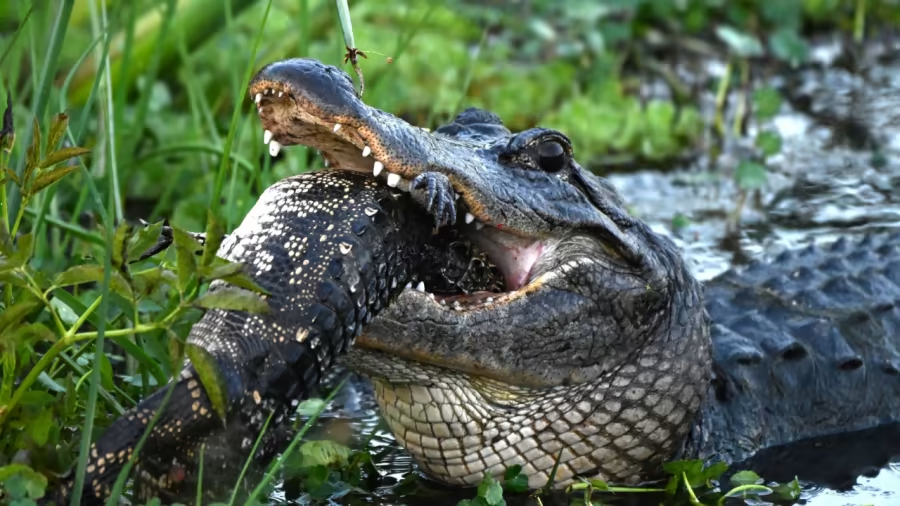
Although alligators care for their young, they sometimes eat them. Research reveals that around 7% of baby alligators are consumed by their parents. This behaviour is likely due to multiple paternities, where fathers may not recognize their own offspring.
Alligators are the loudest reptiles, emitting roars up to 90 decibels, comparable to a lawnmower. Both males and females use these powerful calls during mating and to deter predators, making their vocalizations the most intense in the reptile world.15


